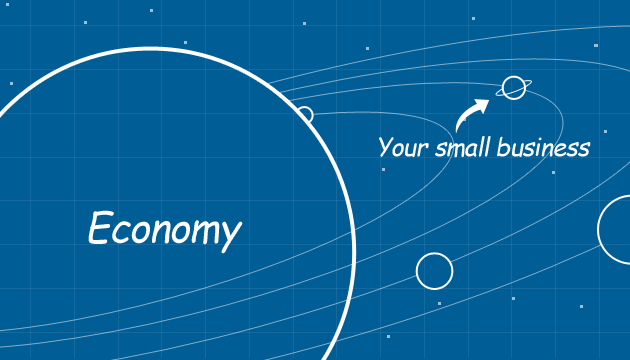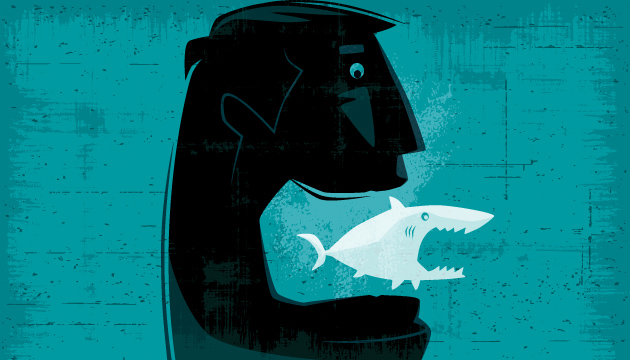A lot of people, when hearing the term “Micro-financing”, think that it’s a relatively new field in economics. The truth is that the roots of micro-financing date back as far as the mid 1800′s. That’s when theorist Lysander Spooner was the first to write about the benefits of small loans to entrepreneurs and farmers as a way to get them out of poverty. However, it was only after World War II and the assimilation of the Marshall plan when people began to take notice of the enormous potential in micro-finance, and in particular, microcredit.
So what is Micro-financing? In order to achieve a basic comprehension of the world of microfinance, and specifically microcredit, we must take a look into the world of the poor, mostly but not solely, in developing countries. Their world consists of daily struggles in order to obtain funds and constant attempts to pull themselves out of the definition of “being poor”. However, this sometimes may prove to be a vicious-circle, as usually the best solution to poverty will cost money.
Basically, micro-financing is a complex of financial services, such as: savings; credit; insurance; and money transfers, which are given solely to poor or low income clients, most of them unsalaried, by institutes that specialize in Micro-finance. The idea behind Micro-financing is that not only is it reasonable that low income individuals and businesses should have access to a wide array of financial services, but that it’s crucial that they get such access. Those services may provide the spark for that person to find the way out of poverty or for the small business to survive or even expand.
What’s the difference between Micro-finance and microcredit? Microcredit is an aspect of Micro-finance that refers to small loans without collateral. Some of the methods used in microcredit include: group lending and a gradual increase in loan sizes, as well as a guarantee of ready access to future loans if present loans are repaid fully and promptly. In the mid 1970′s, it was Bengal economist Muhammad Yunus, considered by many as the father of micro-finance, who brought his method of microcredit to the masses. The UN even declared 2005 as the international year of microcredit.
There are diverse opinions regarding these methods of microfinance and microcredit. The opposed claim that the system has not proven itself up till now and isn’t providing a full-scale solution to poverty. They maintain that the immediate loans are used for consumption and everyday uses instead of promoting savings and proper funds management. A matter of catching a hungry-man a fish or teaching him how to use a fishing rod, so to speak. Other critiques of microcredit state that small businesses tend to be the least productive and that too many resources are being spent on small companies.
From a macro point of view, these claims may be true, but the innovative side of Micro-finance is that it tackles today’s economic issues from a micro aspect. In the US, around 54 percent of the firms have 10 or less employees, and the numbers are even higher in places like Latin America. When a government invests in a big firm, it may help the economy at the macro level, but the bottom line is that it helps to make the rich slightly richer and enhances inequality. That’s why Micro-finance has such an important role in today’s world. If you think about it, the economic system is not that different from an ecological system: take away the tiny krills and you won’t have any blue whales.
It seems nowadays this system is proving to have impact in many fields – alleviating poverty, improving education and health in certain communities and populations and empowering women in societies in which they are oppressed.
The modern i-generation evolution of microcredit is the online peer-to-peer loan method which is not only related to poverty but has a strong emphasis on SMB/micro-entrepreneurs. These online web-based platforms basically enable the borrower/entrepreneur to receive a loan from a bank after the bank has received a guarantee from a micro-lender.
Related Posts
|
|
|






